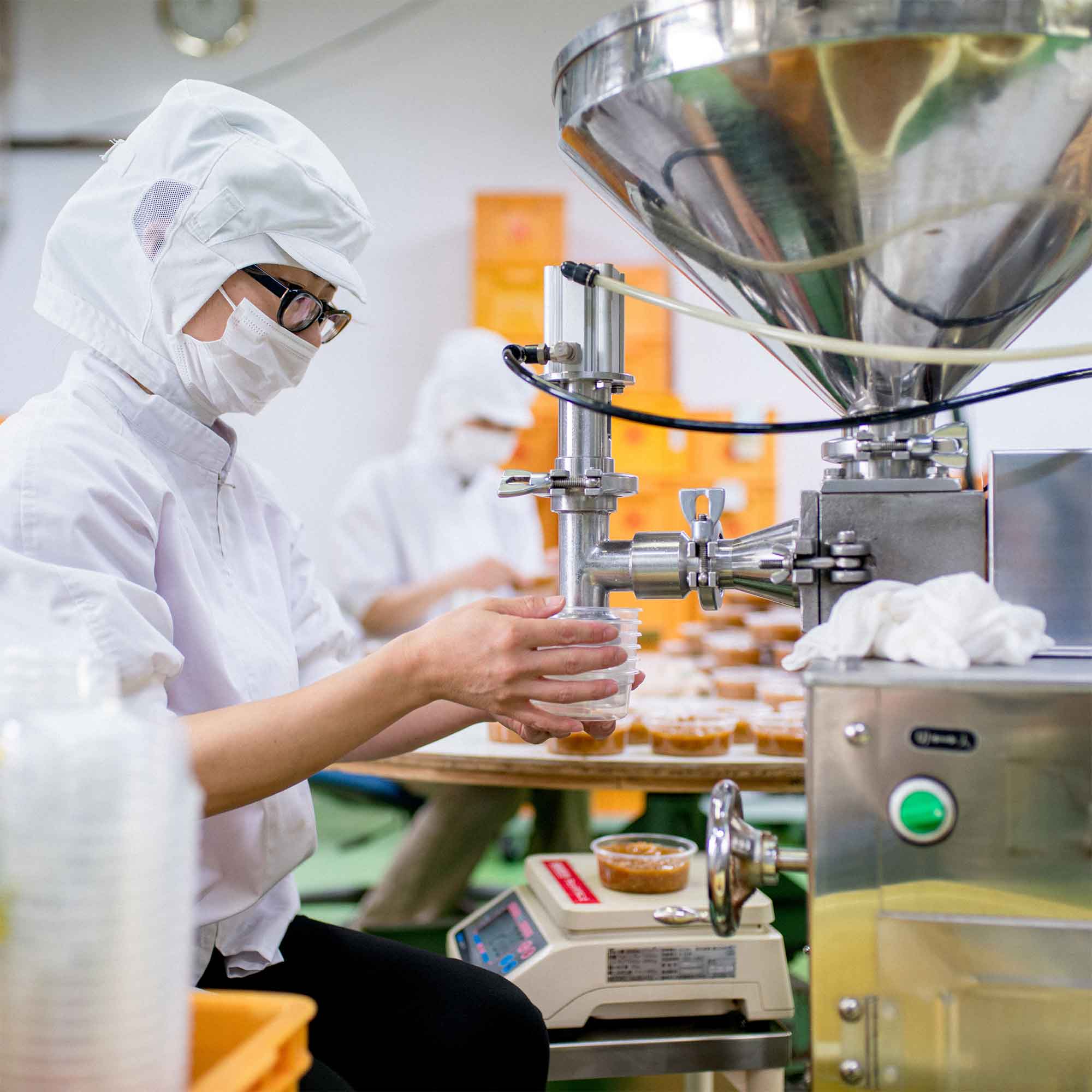FTIR Spectroscopy: A Game-Changer in Food Authentication and Adulteration Detection

FTIR Spectroscopy: A Game-Changer in Food Authentication and Adulteration Detection
Food safety and authenticity are critical concerns in today's globalized market. With the rise of food
fraud and adulteration, ensuring the quality of food products has become more challenging than
ever. Fourier Transform Infrared (FTIR) Spectroscopy has emerged as a revolutionary tool in food
authentication and adulteration detection. Its rapid, non-destructive analysis capabilities make it an
essential technique for food quality control laboratories.
Understanding Food Authentication and Adulteration
Food authentication involves verifying that a food product meets its label claims regarding
composition, origin, or quality. On the other hand, adulteration refers to the addition of inferior or
harmful substances to food products, either intentionally or unintentionally. Common adulteration
issues include:
1. Dilution of Milk: Adding water or starch to milk to increase volume.
2. Honey Adulteration: Mixing natural honey with sugar syrups.
3. Oil Contamination: Substituting premium oils with cheaper alternatives like mineral oil.
4. Spices and Condiments: Adding non-edible dyes or powders to enhance color and weight.
How FTIR Spectroscopy Helps in Food Analysis
FTIR spectroscopy analyzes the molecular composition of a sample by measuring how it absorbs
infrared light. This generates a unique spectral fingerprint for each substance, enabling the
identification and quantification of components.
1. Food Authentication
FTIR spectroscopy is widely used to verify the authenticity of high-value products:
Honey and Maple Syrup: Detects the addition of sugar syrups by analyzing carbohydrate
profiles.
Olive Oil: Differentiates extra virgin olive oil from lower-grade oils using fatty acid
composition.
2. Adulteration Detection
FTIR spectroscopy identifies even trace levels of adulterants:
Milk and Dairy Products: Detects water, starch, or synthetic proteins in milk and cheese.
Spices: Identifies adulterants like lead chromate in turmeric or Sudan dyes in chili powder.
Edible Oils: Determines the presence of non-edible oils or cheaper substitutes.
3. Quality Control
FTIR ensures consistency and quality by monitoring the composition of food products during
processing:
Flavor Consistency: Verifies the chemical profile of natural extracts like vanilla.
Moisture Content: Measures water content in powdered or dried foods.
Advantages of FTIR Spectroscopy in Food Analysis
1. Non-Destructive Testing: Analyzes samples without altering their composition.
2. Rapid Analysis: Provides results within minutes, making it ideal for high-throughput testing.
3. Versatility: Suitable for solids, liquids, and powders without extensive sample preparation.
4. High Sensitivity: Detects even trace levels of adulterants or contaminants.
5. Cost-Effective: Reduces the need for chemical reagents and consumables.
Labindia Analytical’s FTIR Spectroscopy Instrument, SpectraX, is designed to provide accurate and
reliable results for food authentication and adulteration detection. With advanced software and a
user-friendly interface, it simplifies complex analyses, making it a valuable asset for food testing
laboratories.
Applications Across the Food Industry
FTIR spectroscopy is transforming food safety across various sectors:
Dairy Industry: Ensures milk purity and detects synthetic additives.
Beverages: Verifies authenticity of juices, wines, and spirits.
Processed Foods: Identifies contaminants and monitors ingredient composition.
Spices and Herbs: Detects adulterants and ensures compliance with food safety standards.
Challenges in Food Authentication and How FTIR Overcomes Them
1. Complex Matrices: Food samples often contain diverse components. FTIR simplifies analysis
by deconvoluting complex spectral data.
2. Rapid Detection: Traditional methods are time-consuming. FTIR provides quick, reliable
results.
3. Regulatory Compliance: FTIR meets global food safety standards, aiding laboratories in
maintaining compliance.
Conclusion
FTIR spectroscopy has revolutionized food authentication and adulteration detection by offering
rapid, precise, and non-destructive analysis. With the increasing demand for transparency and safety
in the food industry, FTIR has become a game-changing technology for ensuring consumer trust and
regulatory compliance.
By adopting advanced FTIR instruments like Labindia Analytical’s SpectraX, laboratories can elevate
their food quality testing processes, ensuring safer and more authentic food products for consumers
worldwide.
SEO Keywords:
FTIR Spectroscopy
Food Authentication
Adulteration Detection
Labindia Analytical SpectraX
Food Quality Testing
Non-Destructive Food Analysis
Rapid Food Adulteration Detection